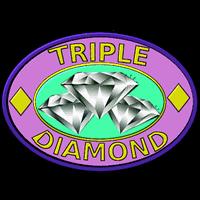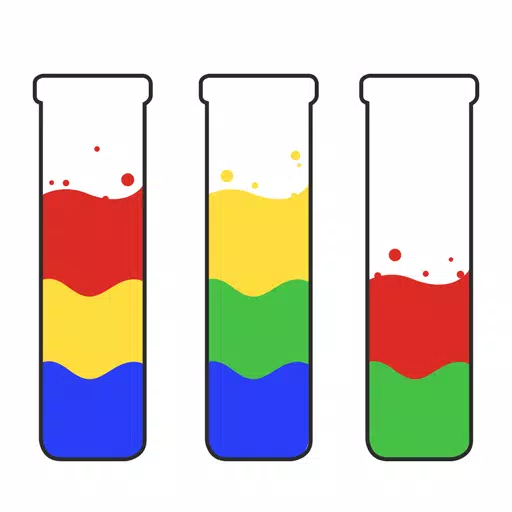"Minecraft Clay: Crafting Guide, Uses, Secrets Revealed"
In the world of Minecraft, clay is a fundamental resource that players often need for their creative building projects. Unlike more readily available materials like dirt, sand, or wood, finding clay early in the game can pose a challenge. Let's delve into the uses of clay, its crafting potential, and uncover some intriguing facts about this versatile material.
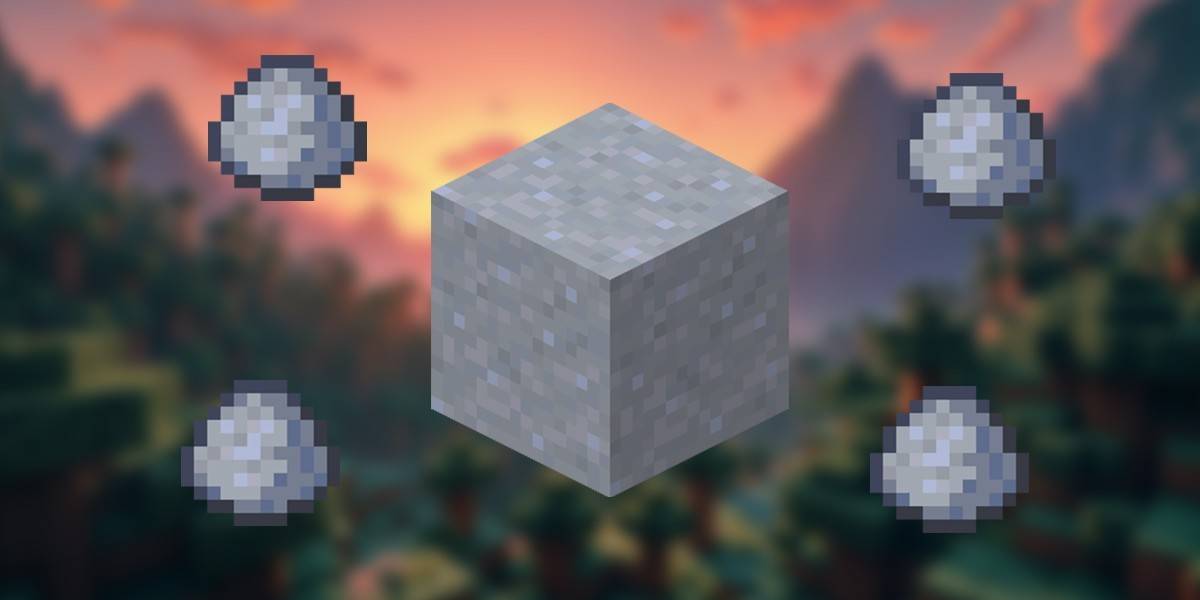 Image: ensigame.com
Image: ensigame.com
Table of Contents
- Ways to Use Clay in Minecraft
- Clay Spawn Locations in Minecraft
- Interesting Facts About Clay in Minecraft
Ways to Use Clay in Minecraft
Clay serves as the essential ingredient for crafting terracotta blocks, which can be dyed into 16 vibrant colors. This versatility makes terracotta a favorite for pixel art and other creative endeavors. To create terracotta, players must smelt a clay block in a furnace—a process that, despite being straightforward, can be trickier than locating the clay itself in the wild.
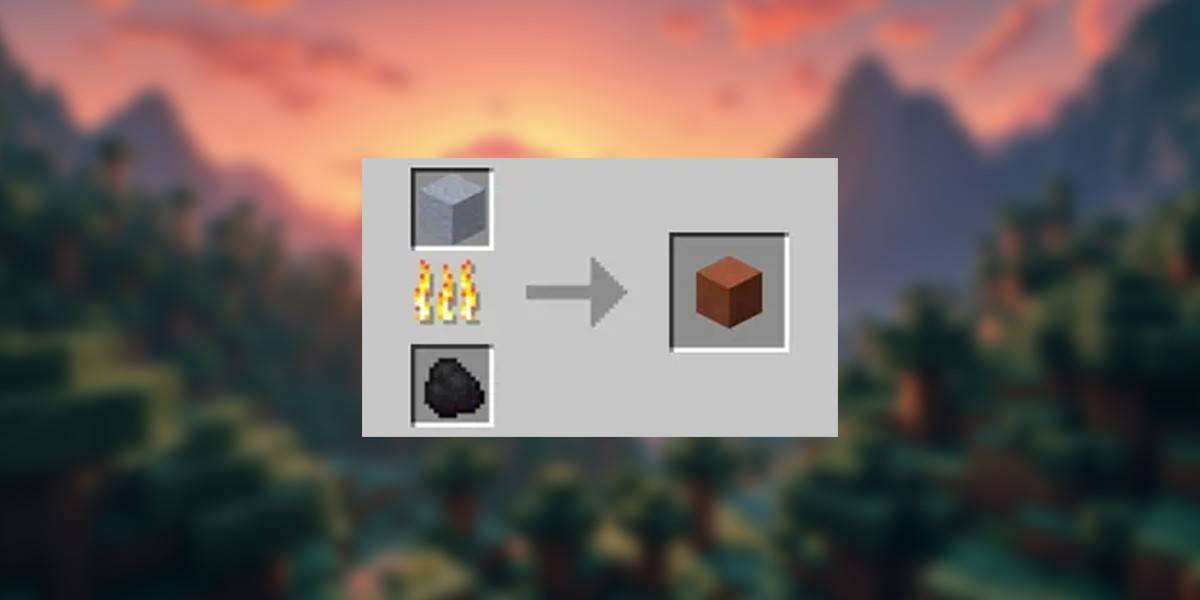 Image: ensigame.com
Image: ensigame.com
The stunning patterns achievable with terracotta make it an invaluable decorative material for various builds. The image below illustrates the range of color variations possible with this aesthetic block.
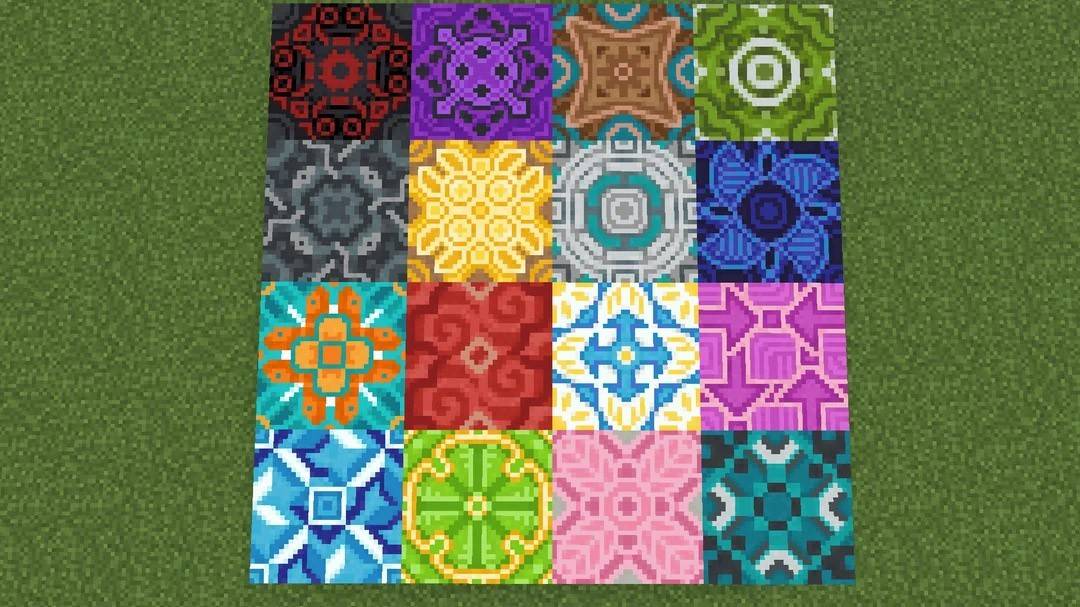 Image: reddit.com
Image: reddit.com
In construction, clay's primary use is in brick-making. To craft bricks, players must first break down a clay block into clay balls on a crafting table. Here's how to do it:
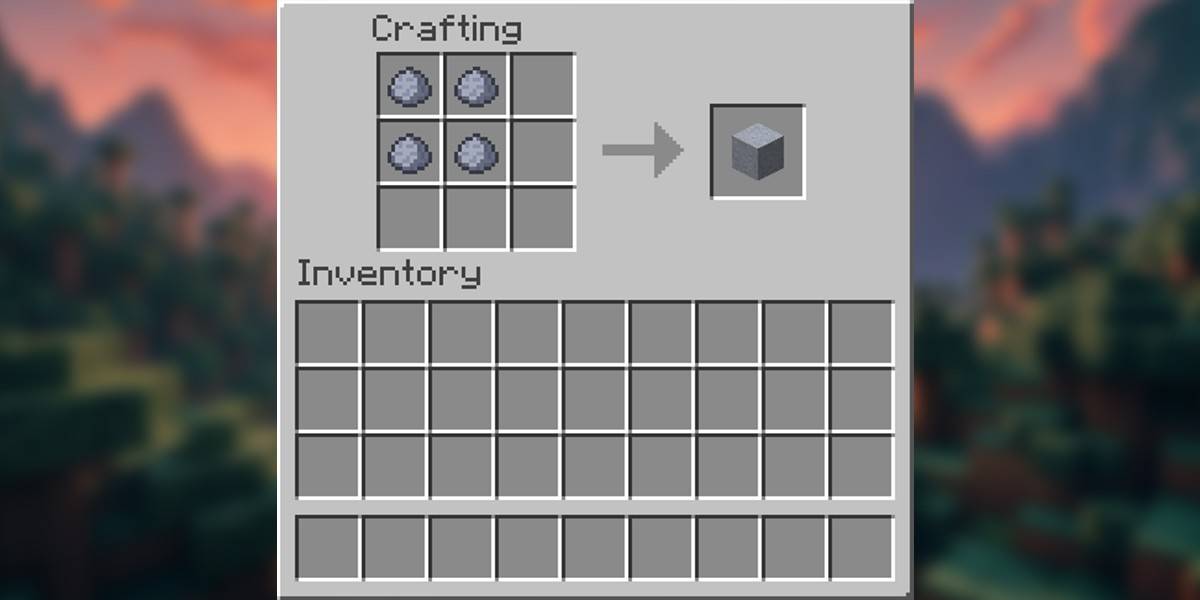 Image: ensigame.com
Image: ensigame.com
Then, smelt these clay balls in a furnace to produce bricks, which are crucial for building a variety of structures.
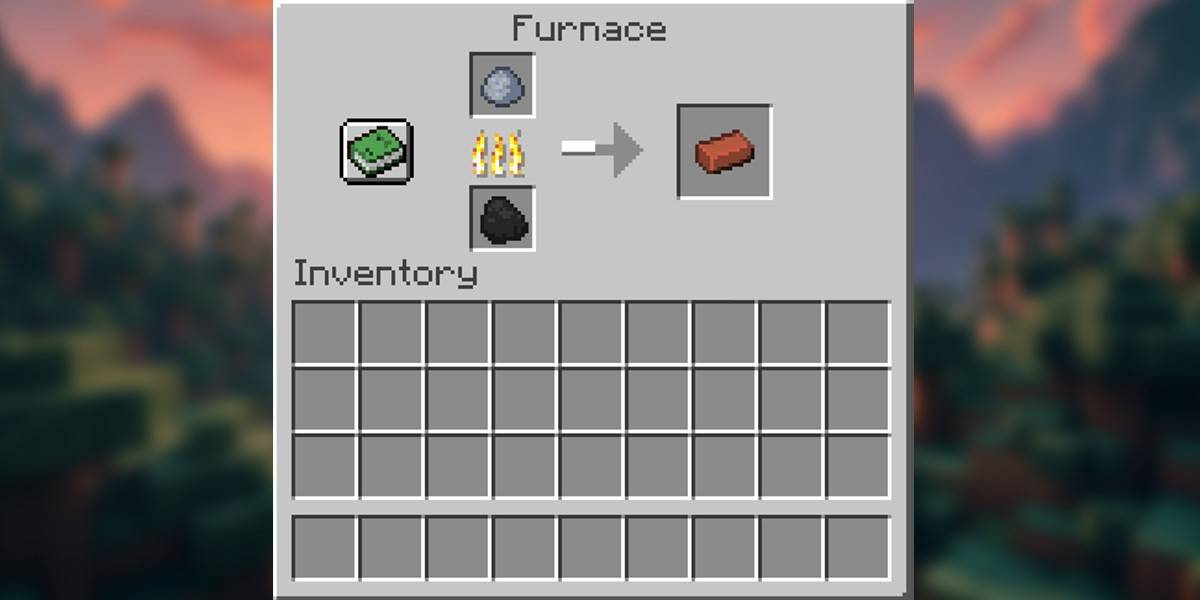 Image: ensigame.com
Image: ensigame.com
Villagers also provide an interesting trade option, exchanging clay for emeralds at a favorable rate. One emerald can be obtained for just ten clay balls, meaning breaking only three clay blocks can earn you a shiny new gem.
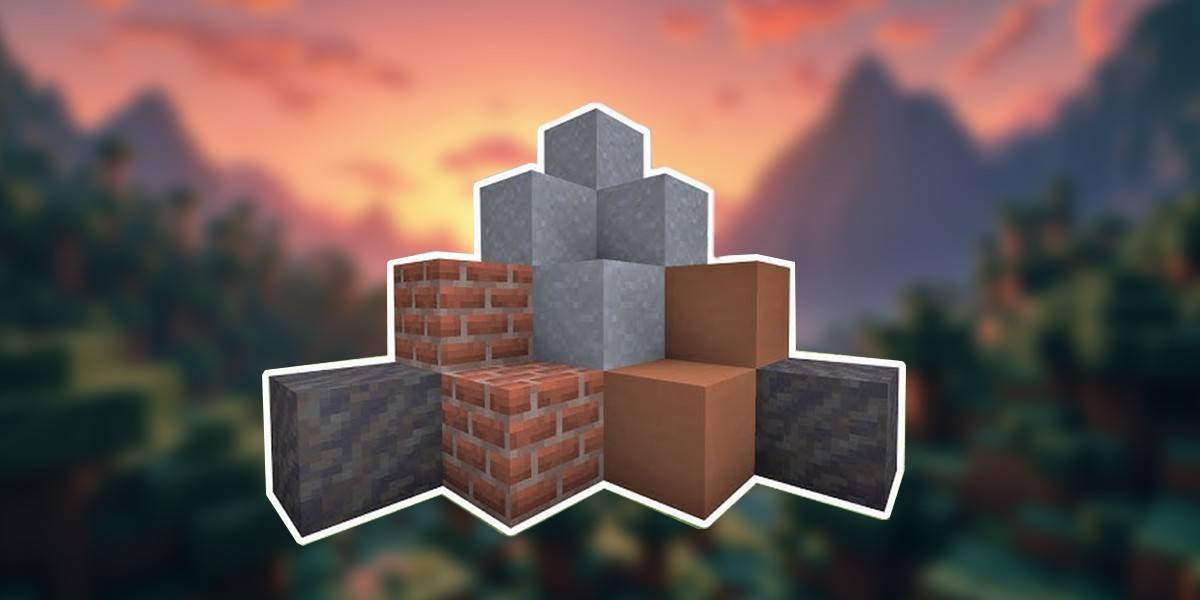 Image: ensigame.com
Image: ensigame.com
Clay has a more unique, albeit less practical use: when a note block is placed on top of a clay block, it produces a soothing tone. Though this has no functional purpose, it's perfect for enhancing in-game ambiance and relaxation.
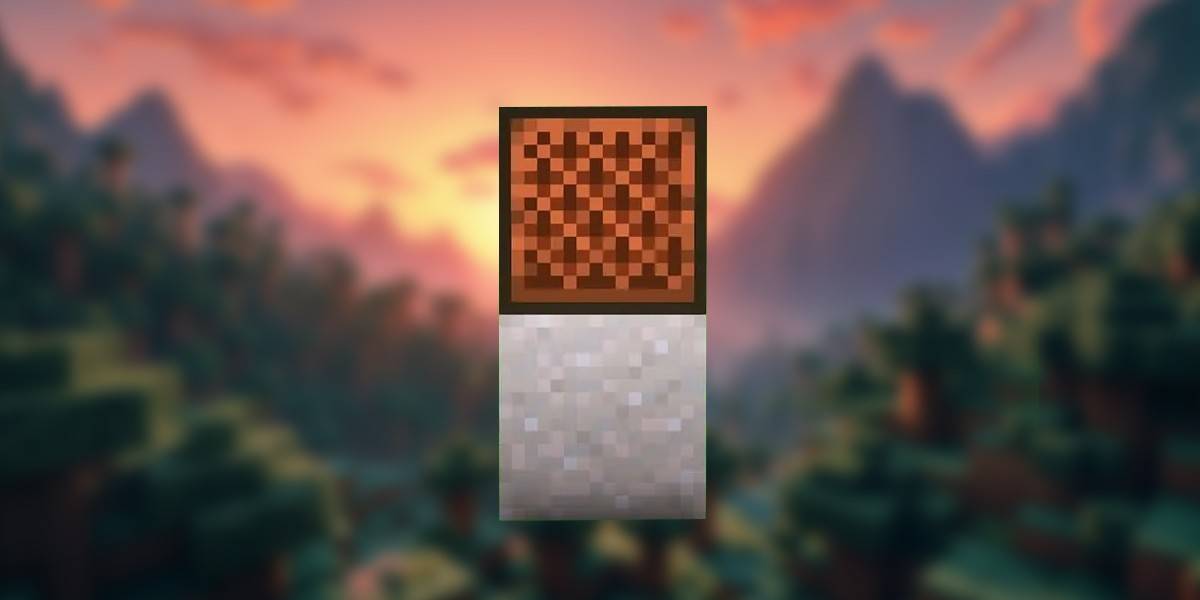 Image: ensigame.com
Image: ensigame.com
Clay Spawn Locations in Minecraft
Clay typically spawns where sand, water, and dirt meet, mirroring its real-world counterpart. The best places to search for clay are in shallow water bodies, where it is most abundant.
 Image: youtube.com
Image: youtube.com
Clay can also be found in chests within caves and villages, though this relies more on luck, as these chests are not guaranteed to contain clay and may be distant from your spawn point.
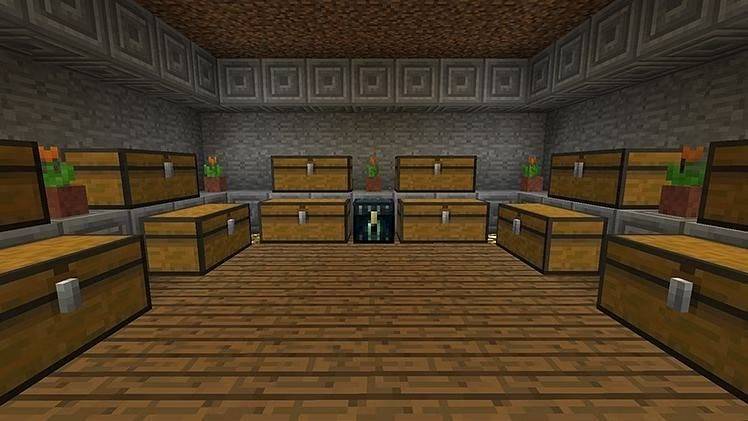 Image: minecraft.net
Image: minecraft.net
Another prime location for clay is along the shores of large bodies of water. These areas are scattered throughout the Minecraft world and are ideal for clay hunting, though it's worth noting that clay deposits don't always generate at a 100% spawn rate.
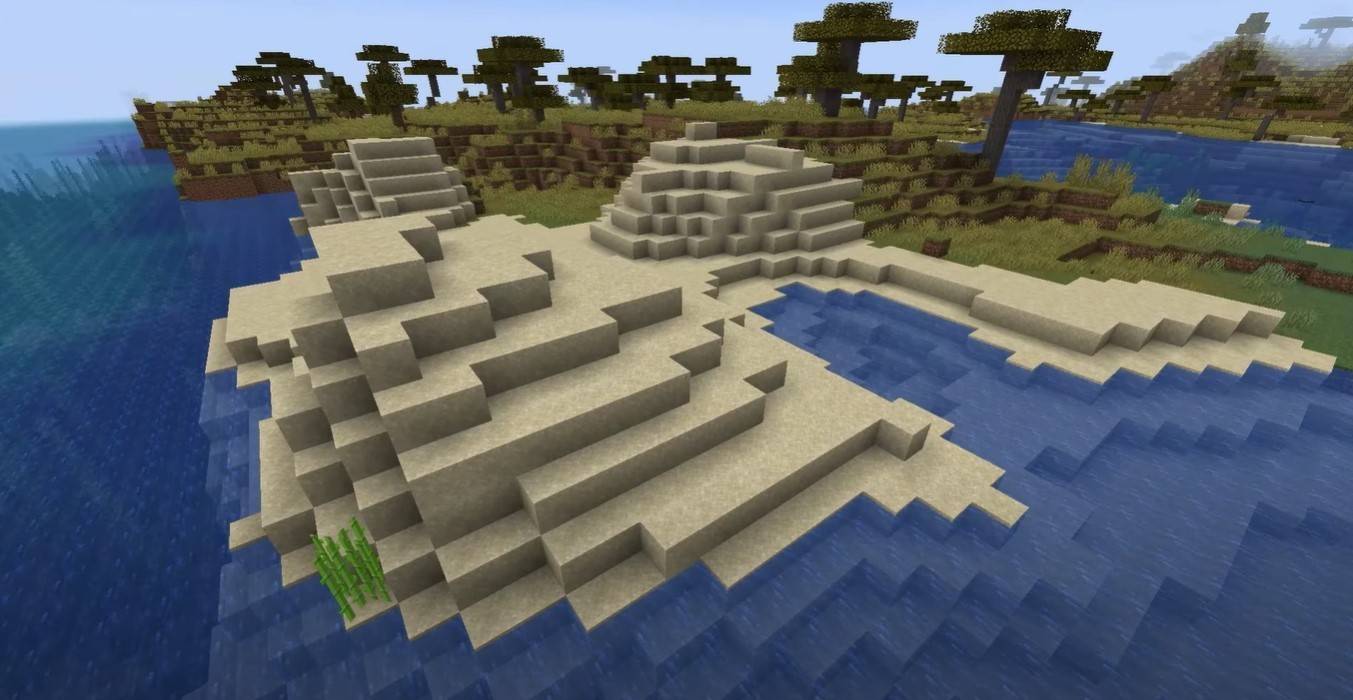 Image: youtube.com
Image: youtube.com
Despite its widespread availability, clay plays a crucial role in Minecraft, enabling players to construct impressive buildings and unique designs. Let's explore some fascinating facts about this block.
Interesting Facts About Clay in Minecraft
In reality, clay is often found underground, unlike in Minecraft, where it is commonly found near water sources. The reason behind this design choice by the developers remains unclear, but clay can also be discovered in lush caves.
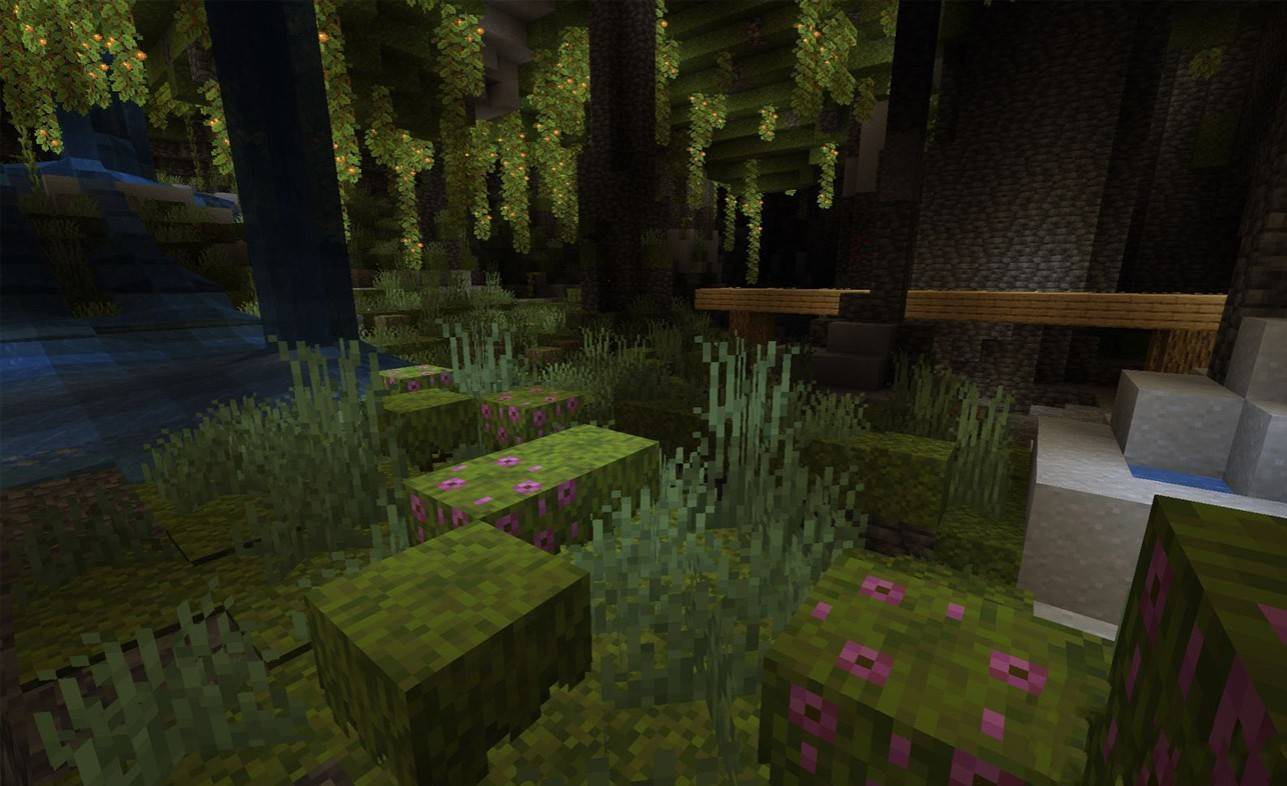 Image: fr-minecraft.net
Image: fr-minecraft.net
Real-world clay isn't just gray; it can also be red. The final color of clay depends on its mineral composition and firing conditions. For instance, red clay's distinctive hue comes from high iron oxide content. Once fired, clay retains its original color because its chemical composition remains unchanged.
 Image: youtube.com
Image: youtube.com
Mining clay underwater increases tool wear and slows down the mining process. Moreover, the "Fortune" enchantment does not increase the number of clay balls dropped when breaking a clay block.
Clay is truly a hidden gem in Minecraft, offering myriad uses from smelting and dyeing to constructing sturdy buildings and adding decorative elements. Without clay, cozy houses, intricate patterns, and durable brick walls would be impossible. Embrace the potential of this block, experiment with its possibilities, and create your best Minecraft builds yet!
-
Recent layoffs at BioWare have sparked concern among fans of the *Dragon Age* franchise, especially following the underperformance of *Dragon Age: The Veilguard*. Despite EA’s decision to restructure the studio and shift focus primarily to *Mass Effect 5*, former *Dragon Age* writer Sheryl Chee hasAuthor : Nora Jul 16,2025
-
EA Sports FC Mobile consistently refreshes its content to keep players engaged, and the Star Pass system plays a central role in that. For April 2025, the Star Pass aligns perfectly with the Pitch Beats event, delivering a vibrant mix of music-themed cosmetics, high-impact players, and valuable in-gAuthor : Hazel Jul 16,2025
-
 Lemon Play: StickmanDownload
Lemon Play: StickmanDownload -
 Find The Pairs - MatchUpDownload
Find The Pairs - MatchUpDownload -
 Loco : Live Game StreamingDownload
Loco : Live Game StreamingDownload -
 Free Klondike Solitaire GameDownload
Free Klondike Solitaire GameDownload -
 Being a good sonDownload
Being a good sonDownload -
 Trump Stamp by Yuri AmmosovDownload
Trump Stamp by Yuri AmmosovDownload -
 GaduatedDownload
GaduatedDownload -
 Twenty nine 29 Merriage Card GameDownload
Twenty nine 29 Merriage Card GameDownload -
 chibimation MakeOverDownload
chibimation MakeOverDownload -
 Wasteland Punk: Survival RPGDownload
Wasteland Punk: Survival RPGDownload
- Google Pixel: Complete Release Date Timeline
- Wuthering Waves: Uncover the Secrets of Whisperwind Haven's Palette
- Top 25 Palworld Mods to Enhance Your Game
- Karl Urban Debuts as Johnny Cage in Mortal Kombat 2
- "Tower of God New World Unveils Exciting 1.5th Anniversary Update"
- "Path of Exile 2 Developers Address Key Issues and Share 10-Week Early Access Results"



